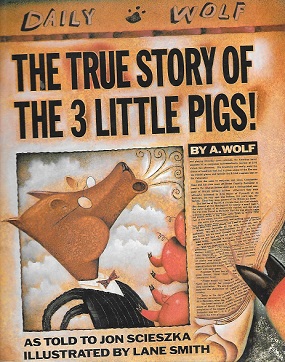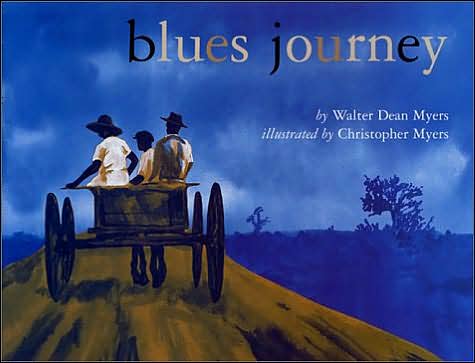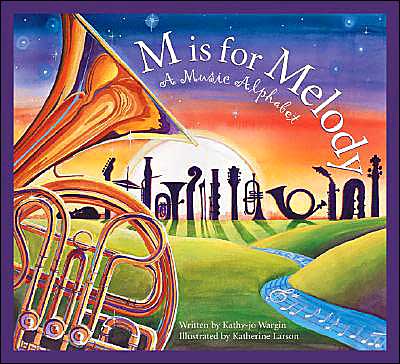
This is a good book to use when talking about perspective. The story is written through the eyes of a young girl. She fantasizes that her mom is an evil duchess because she makes her eat broccoli. I think this book would have a wide appeal for imaginative students, who like to pretend they have special powers.
Shannon, D. (2004)



































